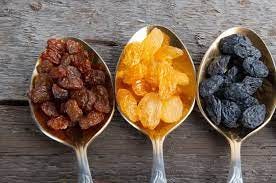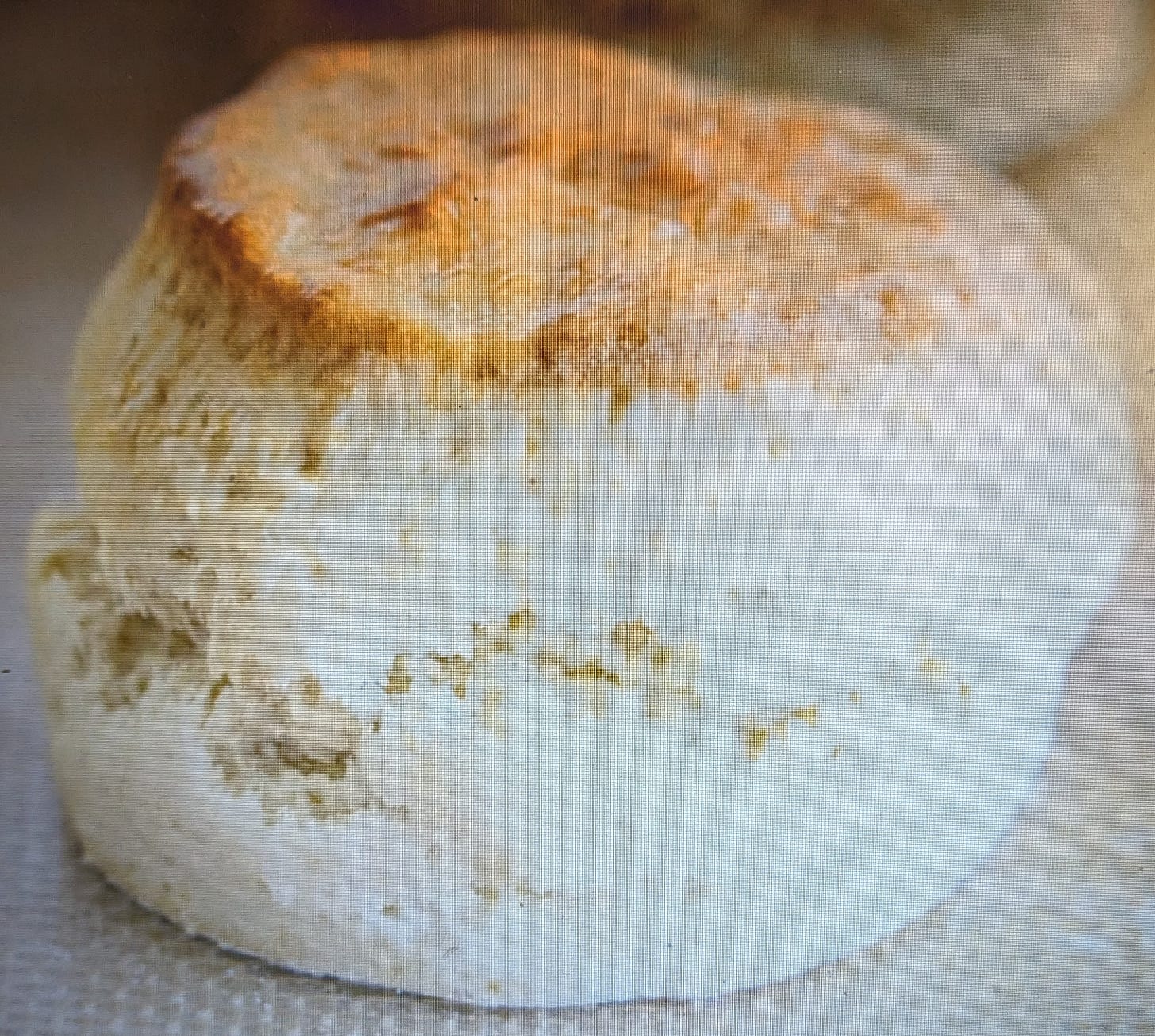Writing, a while ago, a ‘Tabled’ on celery, I was impressed by the number of emails it provoked from people galvanised to express just how much they despised the unassuming stalk. Is that mild-mannered vegetable, key flavour-booster, prime recipe-starter, member of France’s mirepoix (celery, onion, carrot), the Cajun ‘Holy Trinity’ (celery, onion, green pepper) German suppengrün (celeriac, carrot, leek) really so offensive? Why? If nothing else, it’s a harmless snack that burns more calories to digest than it does to eat.
Yet substitute ‘raisin’ for ‘celery’ and I know exactly how you feel.
Raisins? I hate them. What is their point, gnarly, overly-sweet bits of softened gravel that they are? They even manage to diminish the title of a great book. In French, John Steinbeck’s Grapes of Wrath becomes ‘Les Raisins de la Colère’, impossible to take seriously. Or be enticed to pull off the bookshelf.
I’m waiting for a flood of email objections from bodybuilders. Bodybuilders love raisins. The fructose and glucose they contain in elevated quantities help them gain weight without raising their levels of cholesterol. Athletes who want to add bulk guzzle them by the handful. If that weren’t enough, raisins provide a useful energy boost without an abhorrent calorie count.
Raisins have quite the reputation for being an aphrodisiac. Arginine is the potent protein which supports sperm motility, a lovely word for the ability of organisms and fluid to move around though raisins barely quiver. It also has the same uplifting function, as it might be, as Viagra. So get off the internet and head for the supermarket.
I still hate them.
Raisins are created by spreading fresh grapes out in the sun to dry, which concentrates their nutrients. Because their water has evaporated, the quantity of minerals, amino acids and antioxidants they contain is far higher than in the fresh fruit. But so too is their sugar content. Huh! There is a drawback to raisins - on top of the fact they’re ghastly.
Because there is an assumption that a dried grape is a dried grape is a dried grape, confusion is caused by the difference between raisins, sultanas and currants (the middle one of which I’m less averse to, the last one of which is even more hideously gnarly than a raisin). Raisins are seedless and come from dark grapes, dried around three weeks. Sultanas, known in the US as golden raisins, are also seedless. They come from white grapes and are gold in colour. In Europe, they can be far larger than raisins, though in the US they are sometimes smaller than them. They are also squidgy, which renders them marginally more pleasant, having been coated in an oil-based solution before drying. Both raisins and sultanas are graded into six sizes, mostly in their Middle East countries of origin though not so much once packaged in the US and UK. They range from extra jumbo, jumbo, standard, medium, small and extra small. In the raisin field, I think I’ve only been introduced to the beastly extra small. The extra jumbo, jumbo, and standard sultanas I’ve met I like a whole lot more but that’s not saying much. Currants are very small black seedless Corinth grapes and are even more like a tight fruit knot than raisins and therefore worse, if that’s possible.
Raisins wreck everything. They wreck bread-and-butter pudding. They wreck oatmeal cookies, which, it must be said, need very little to wreck them. They wreck granola and muesli. Raisins wreck salads - carrot salads and cabbage salads. What are they doing in a salad?
They definitely wreck scones. Raisins in scones seems to be an American thing. While some British scones do contain a few raisins, they aren’t a standard ingredient. I suspect they have been introduced to pander to tourists. If you’re a Brit, did your grandmother ever put raisins in a scone? No, I didn’t think so. Recent introduction.
Scones in the US need every bit of help they can get and raisins aren’t going to give it to them. American scones are large, and dense, and solid, and could usefully be sold at Home Depot. Plus added to the US inventory of weapons. They bear no relation to the scone as recognised by any self-respecting admirer of the British high tea. There’s not much evidence, but it’s thought the scone originated in 16th century Scotland where it is highly unlikely housewives had access to a store of raisins in the larder.
What the UK scone is, it’s not an American scone. It is an American ‘biscuit’. Which is no relation of a British biscuit. A story for another time…
So long as it doesn’t contains raisins, the scone is a thing of glory. First off, let’s get the pronunciation right: It’s skon. Not scoan. Its pronunciation is not, unusually for the English part of the British Isles, a question of class. It’s a question of geography, according to The Great Scone Map produced by Cambridge University.
If you rhyme ‘scone’ with ‘gone’, you probably come from Scotland, Northern Ireland or the North of England. If you rhyme it with ‘cone’, you come from southern Ireland or the Midlands. The rest of the country is insecure enough to vacillate between the two and feel unconfident with both.
Should that now clarify the question for you, don’t pay a visit to the village of Scone in Scotland. It’s pronounced Skoon.
I’m not going to go into whether you smear your clotted cream on first or your jam. I’m just going to give you the best recipe for the lightest, softest, fluffiest scone you’ve ever eaten. Please don’t buy another of those hockey pucks with raisins in them.
225g/80z self-raising/all-purpose flour
40g/1 ½ oz room temperature butter
150ml/ ¼ pint milk
1 ½ tablespoons caster/fine sugar
Pinch of salt
Flour for dusting
Preheat oven to 220C/425F.
Sift flour into a mixing bowl and rub the butter quickly into it Stir in sugar and salt then with a knife mix in the milk, little by little. Knead the dough quickly into a soft dough. Turn it out onto a floured surface. Roll it out to a thickness of not less than 2 ½ cm/1in. With a wine glass or a 5cm/2in pastry cutter, press decisively into the dough then tap the receptacle sharply to release it and repeat until all the dough is used. Bring together any scraps as lightly as possible and repeat.
Set the scones on a greased baking sheet and bake on a top oven shelf for 12-15 minutes. Cool and eat these crisp-on-the-outside, fluffy-on-the-inside scones while still warm.








The key to making raisins tasty in something like a bread pudding is to fully rehydrate them using your favorite brandy, bourbon, or other whisky. I find that 5-10 days does the trick. Then fold them in just prior to baking.
I completely agree with your raisin aversion. Hurrah, someone finally on my side!